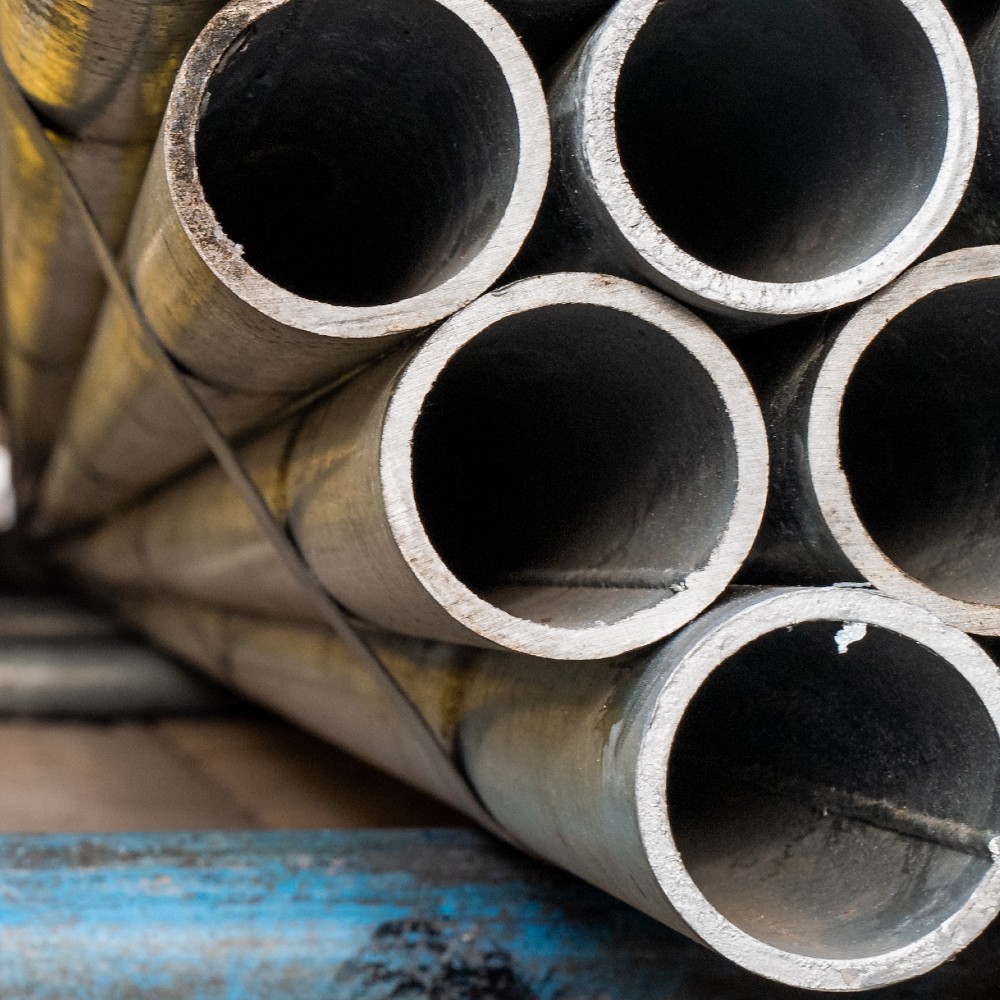Published:
The Nord Stream pipelines are two large underwater pipelines connecting Russia and Germany. These pipelines were designed to export Russian oil and gas to Germany. The natural gas exported through Nord Stream accounted for 35% of European energy that is supplied by Russia. As tension between Russia and Europe heightened, the amount of natural gas that Russian companies exported declined drastically. By early September, Nord Stream 1 was fully out of operation. The plans for the operation of Nord Stream 2, another pipeline that would export Russian gas, were shut down by the German government earlier this year. The Nord Stream pipelines and the Russian oil they supply are critical to European countries such as Germany, Hungary, Greece, and many more.
On September 27th, German operators of Nord Stream 2 reported an unusual drop in the pressure inside the pipelines. After further investigation, leaks were found in Danish and Swedish waters. Three of the four pipelines had major leaks making them inefficient for future use unless repairs are made. The damage done to the pipelines is appearing too harsh to be caused naturally, leading Swedish authorities to suggest foul play and sabotage are the only way such events could happen. Though these lines were not actively exporting gas, they still contained gas that released methane into the atmosphere. Further research proves that these leaks were the largest single methane leak in history. The natural gas emitted equates to almost a third of Denmark's average annual CO2 admission. On top of this environmentally harmful side effect, the Nord Stream leak is negatively impacting the ongoing European gas crisis.
The leaking of the Nord Stream pipelines is hurting multiple industries given its effects on the environment and economy around natural gas. Since the Nord Stream leak is suspected to be the result of foul play, tensions within the European energy crisis have intensified. Security at other pipelines, energy sources, and government facilities are now on heightened alert. Although the lines were not operating, gas prices in Europe saw a sharp increase post-leaking. Prices in Europe rose 19% before dropping back down to a 6% increase. The increase in gas prices is because Nord Stream was one of the only ways for Europe to import Russian gas. The only other way Europe can receive gas from Russia is through Ukraine. Before the war in Ukraine, Russia supplied Europe with around 45% of its gasoline. Estonia, Finland, and Bulgaria rely on Russia for 100% of their natural gases. For the foreseeable future, Europe will have to cut down on its natural gas usage to combat such a substantial loss in gas supply.
The Nord Stream leak is of serious concern to many who are impacted directly, or indirectly by the supply constraints this leak is introducing. Although the outcomes might not seem as shocking as they could have been, the leaking stands as a precursor of what could happen in the future. If foul play between countries ramps up, we could see some intense consequences that could affect our planet and the ecosystem we live in. The 400,000 tons of gas leaked from Nord Stream is equivalent to only a few days' worth of carbon emissions. Destruction of other pipelines or fuel storage in the future could have irreversible effects on the climate if they continue contributing to this problem. The way the European gas crisis is affected by the leaking is going to be based on how well European countries prepare to get through the upcoming winter. As we watch the Nord Stream issue play out, we must remember the damage people can impose on others and our planet if not careful with these natural resources.
File under






